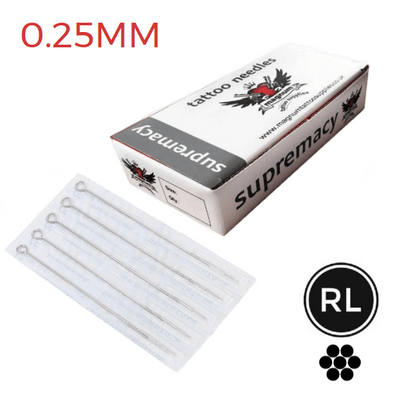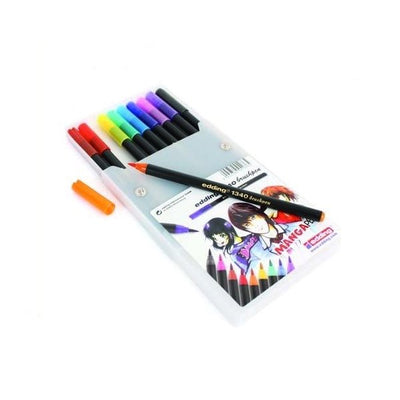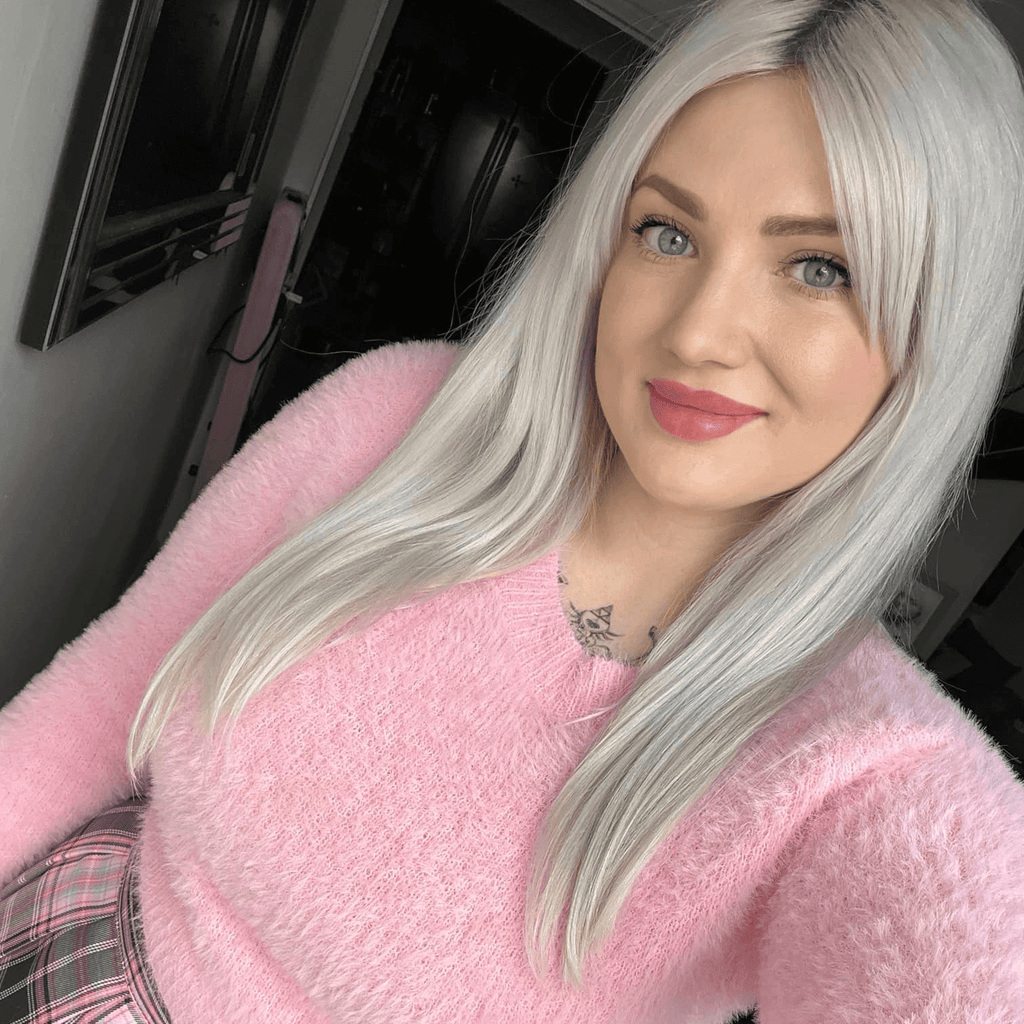Traditional tattoos can be too bold and bright for some people, while other tattoo styles sometimes don't offer enough fine detail. For those looking for a more delicate, elegant look, the answer lies with fine-line tattoos. Despite their subtlety, the fine-line style still makes plenty of impact, while giving off an air of sophistication and refinement.
If you’ve ever seen a fascinating line drawing and are interested in trying your hand at this type of artwork, here are some tips on how to draw fine line tattoo art. With practice and patience, anyone can learn the basics and perfect these beautiful designs!
What are fine-line tattoos?
Fine line tattoos are a style of tattooing that uses small needle groupings and thin lines to create intricate designs. This style of tattooing is particularly popular for tiny tattoos or creating smaller, minimalist designs and often looks best when done in black tattoo ink.

The needles used in this process are often very fine round liners, which allow tattoo artists to create delicate details and shading. For the thinnest lines, a single needle is often used, while slightly larger needle groupings are perfect for forming thicker lines and adding more depth.
Why are fine-line tattoos popular?
Fine-line tattoos are popular because they offer a delicate, subtle look that is perfect for those who want to avoid bold statement pieces and flashy designs. These types of tattoos can be as minimalistic or elaborate as you like, depending on the design and level of detail desired.
Plus, the use of fine lines minimises the overall skin damage as ink is not as densely packed into one area. Consequently, given that they are generally smaller and less invasive, they can also heal faster than larger tattoos.
Do fine-line tattoos fade quicker than traditional tattoos?
Generally, fine-line tattoos don't actually fade quicker than other styles of tattooing if the proper tattoo aftercare advice is followed.
It's true that delicate lines can appear to fade faster than thick lines, but in reality, they are just harder to differentiate from the skin. This visual effect is normal with fine-line tattoos and can be remedied with a touch-up.
Tips for the tattoo artist: drawing fine-line tattoos
Drawing fine-line tattoos is more than just a matter of being able to keep a steady hand. Here are some tips on how to achieve the best results for fine-line tattoos. If you're just starting to try out this artistic style, be sure to pick up some practice skin to really get comfortable with all the elements of fine-line tattooing!
Choose the right needle
Ensure that you are using the correct type and size of needle for your design. Small round liners, bugpin groupings, and single needles are ideal for creating fine lines.

If you're using tattoo cartridges, choose professional brands that will give you reliable results. Some low-performing cartridges have too much "wiggle room" as the needle moves in and out of the cartridge. This excessive movement can cause the lines to appear uneven and splotchy.
Since a significant portion of a fine-line tattoo can be comprised of just one line, even the slightest shake can appear considerably magnified.
Reduce the power
You may be used to using a powerful tattoo machine with a long stroke to punch in crisp lines. However, smaller needle groupings create less resistance so fine-line tattoos require much less power to get the ink into the skin.
By reducing the power, you'll be able to create nicely executed fine-line tattoos without having to worry about ink blowouts or uneven lines. Doing this can also help reduce skin trauma which is especially important when working with smaller designs.
Don't press too hard
It's better to opt for lighter pressure with steady strokes to ensure an accurate and consistent line weight throughout your piece. If you find yourself struggling to create smooth lines, take a step back and relax.
Increase your points of contact
One of the best ways to stay stable while working on fine-line tattoos is to increase how many points of contact you have with the skin. This will help stop any movement from your shoulders and arms from affecting your artwork.

For example, try tucking your elbow against your ribs or resting it on a table. If you're having trouble staying steady, place your tattooing hand against the skin rather than simply hovering, which should make it easier to control your movement and draw straight lines.
Final thoughts on fine-line tattooing
Fine-line tattoos may seem daunting at first, but with practice and patience you can learn to draw amazing pieces of body art. As long as you use the correct tools and practice safe tattooing techniques, you should be able to create stunning fine-line designs.
Once mastered, this ink style can look incredibly beautiful and delicate on any part of the body. So, if you're looking for something elegant and subtle, why not give fine-line tattoos a try?



























































 Studio supplies
Studio supplies












 Power & batteries
Power & batteries








 Aftercare
Aftercare





















 Apprentice
Apprentice


 Piercing & jewellery
Piercing & jewellery







 PMU supplies
PMU supplies




 New arrivals
New arrivals
 Gift vouchers
Gift vouchers
 Shop all
Shop all















































